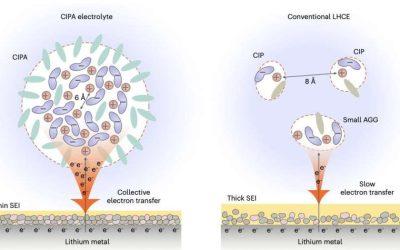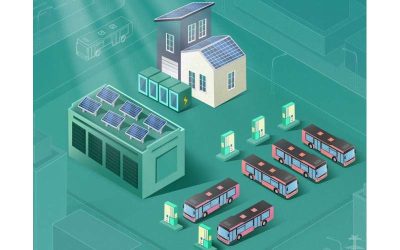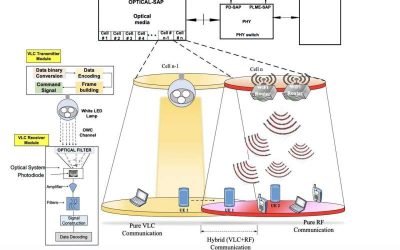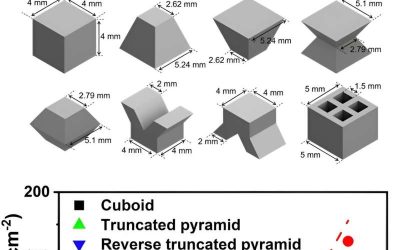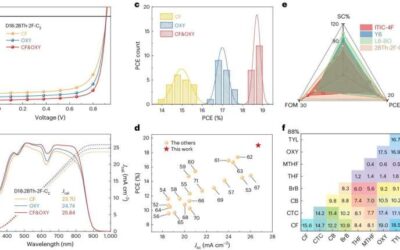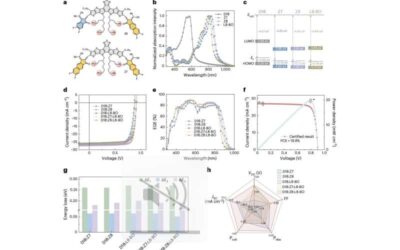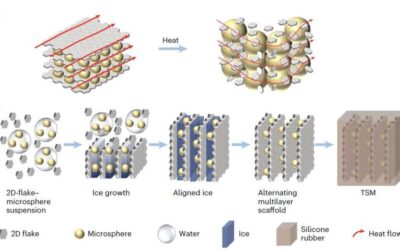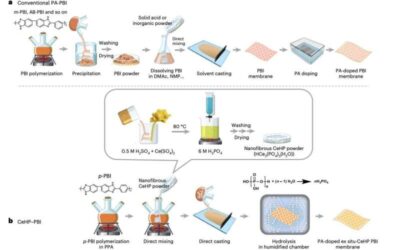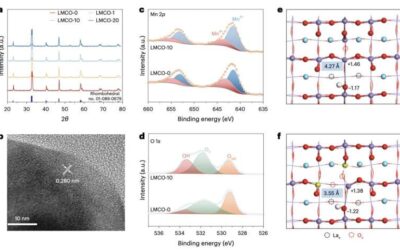Lithium-metal batteries could exhibit significantly higher energy densities than lithium-ion batteries, which are the primary battery technology on the market today. Yet lithium-metal cells also typically have significant limitations, the most notable of which is a...
Energy & Green Tech
Predicting the implications of transforming public transport depots in China into energy hubs
To reduce carbon emissions and mitigate climate change on Earth, governments and companies worldwide have been investing in the electrification of both public transport and private vehicles. China is among the countries that started exploring the electrification of...
Hybrid RF-VLC system could reduce power consumption in wireless networks
Wireless internet supports the daily activities of countless people worldwide, ranging from their professional communications to internet browsing and the streaming of movies or TV series. This spiking demand for wireless internet access goes hand in hand with greater...
A strategy to design better materials for thermoelectric power generation
In recent years, engineers and scientists worldwide have been working on new technologies for generating electricity from renewable energy sources, including photovoltaics (PVs), wind turbines and hydro-power generators. An alternative solution for mitigating the...
A strategy to enhance the stability of perovskite solar cells under reverse bias conditions
If an individual solar cell is shaded and other cells in the same module are not, the sunlit cells can try to drive current through the shaded cell, resulting in an increase in temperature and potential damage to the cells. These conditions put the shadowed cell under...
A new approach to boost the efficiency of non-fused ring electron acceptor solar cells
The power-conversion efficiencies (PCEs) of organic solar cells based on compounds known as polymer donors and fused ring electron acceptors (FREAs) have recently exceeded 19%. In contrast, organic solar cells based on non-fused ring electron acceptors (NFREAs), more...
New non-fullerene acceptor helps achieve 20.2% efficiency in organic solar cells
In recent years, engineers have introduced a wide range of photovoltaic (PV) solutions that could facilitate the sustainable generation of electricity worldwide. These include organic solar cells (OSCs), PV devices that use organic molecules or polymers to convert...
A new thermal regulator could enhance the safety of high-capacity lithium-ion batteries
High-capacity lithium-ion batteries (LIBs) could play a crucial role in the electrification of vehicles and other large electronics. To successfully deploy these batteries on a large scale, however, engineers will first need to ensure that they can safely operate at...
New polymer electrolyte membranes for fuel cells can operate at up to 250 °C
Hydrogen fuel cells, devices that can convert the chemical energy stored in hydrogen into electrical energy via an electrochemical reaction, are promising solutions for electrifying large vehicles. Fuel cells based on low-temperature (under 100 °C) proton exchange...
A perovskite for the efficient photocatalytic conversion of ethane into ethylene and hydrogen
Ethylene (C2H4) is a highly flammable compound widely used in numerous settings, including the manufacturing of packaging and plastic-based items, the chemical industry, agriculture and health care. Developing effective and sustainable methods to produce ethylene on a...

